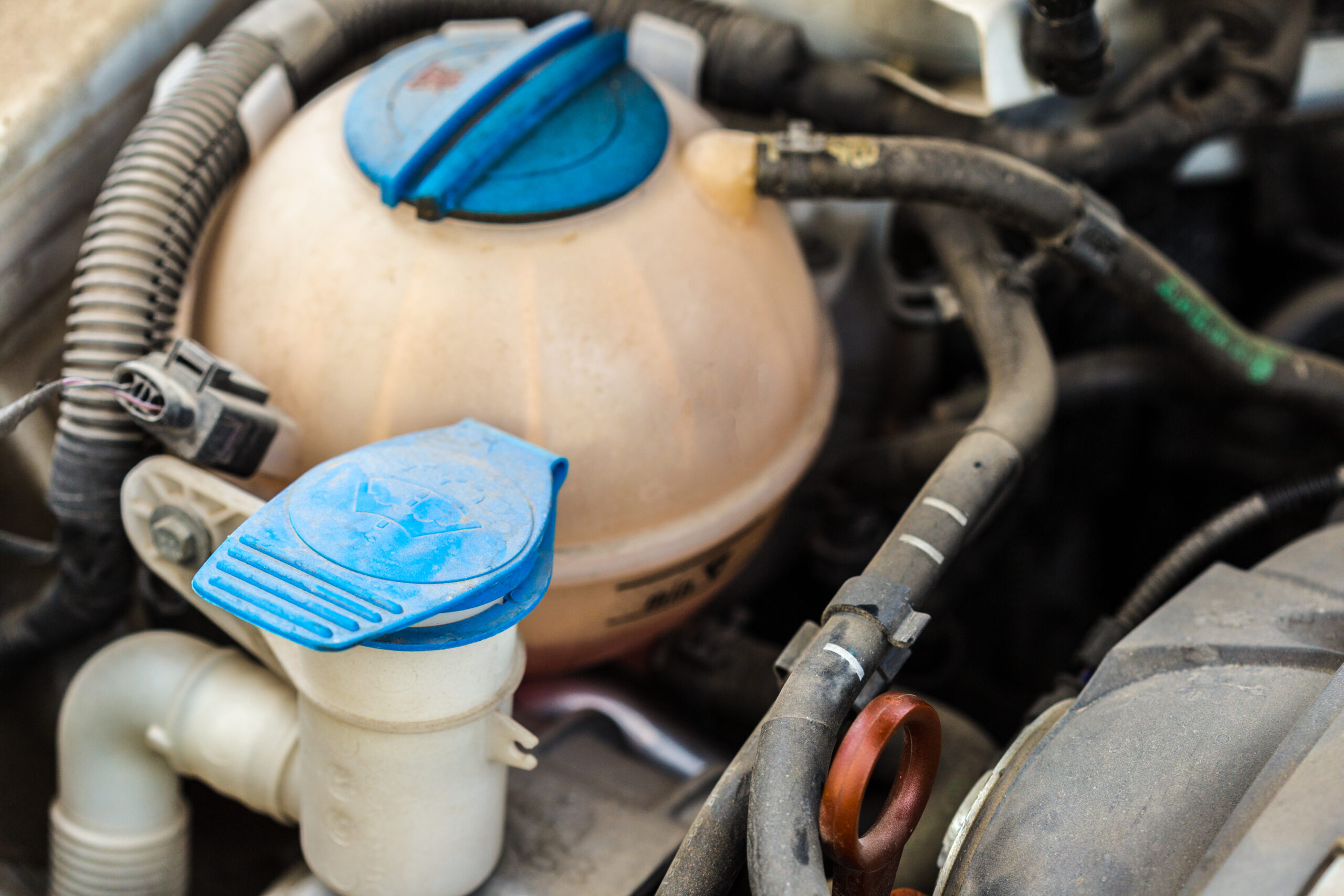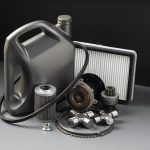The Vital Role of Radiator Flush in Your Car’s Health

In this comprehensive guide, we delve into what a radiator flush entails, why it is important for your vehicle’s well-being, and the step-by-step process of executing it flawlessly.
What is a Radiator Flush?
A radiator flush, also known as a coolant flush, is a maintenance procedure aimed at cleaning out a vehicle’s cooling system by removing old coolant and flushing out any accumulated sediment or debris. The coolant keeps your engine from overheating while running, and from freezing in cold weather when it’s not running. Over time, coolant can become contaminated with rust, scale, and other deposits, impairing its ability to regulate engine temperature effectively. A thorough flush eliminates these contaminants, restoring the cooling system’s efficiency and preserving the engine’s health.
Importance of Radiator Flush:
The cooling system is integral to your vehicle’s operation, as it prevents the engine from overheating, which can lead to catastrophic damage. However, over time, various factors such as oxidation, mineral deposits, and corrosion can compromise the efficacy of the coolant and hinder the radiator’s performance. Here’s why a radiator flush is important:
- Prevents Engine Overheating: Clean coolant ensures optimal heat transfer, preventing the engine from reaching dangerously high temperatures that could cause irreparable damage to vital components.
- Preserve Cooling System Components: Sediment buildup can clog radiator tubes and damage water pump seals, leading to leaks and inefficiencies. Regular flushing extends the lifespan of these components, reducing the likelihood of costly repairs.
- Maintains Fuel Efficiency: An overheating engine tends to consume more fuel as it struggles to operate under duress. By keeping the cooling system in top condition, a radiator flush helps maintain optimal fuel efficiency.
- Enhances Overall Performance: A properly functioning cooling system contributes to smoother engine operation and overall vehicle performance, ensuring a more enjoyable driving experience.
How is a Radiator Flush Performed?
While the process may vary slightly depending on the vehicle make and model, the basic steps involved in performing a radiator flush remain consistent:
-
Gather Necessary Supplies:
- Engine coolant (specified by the vehicle manufacturer)
- Distilled water
- Radiator flush solution
- Funnel
- Drain pan
- Pliers or wrench (to loosen radiator drain plug)
-
Prepare the Vehicle:
- Ensure the engine is cool.
- Park the vehicle on level ground.
- Open the hood and locate the radiator and coolant reservoir.
-
Drain the Coolant:
- Place the drain pan beneath the radiator drain plug.
- Loosen the drain plug with pliers or a wrench and allow the coolant to drain completely.
- Dispose of the old coolant following local regulations.
-
Flush the System:
- Close the drain plug once all the coolant has drained.
- Fill the radiator with a mixture of radiator flush solution and water as per the manufacturer’s instructions.
- Start the engine and let it run for the specified duration to circulate the flush solution through the cooling system.
-
Rinse and Refill:
- After flushing, turn off the engine and allow it to cool.
- Drain the flush solution from the radiator.
- Flush the system with distilled water to remove any remaining residue.
- Drain the water completely.
-
Refill with Coolant:
- Use a funnel to pour fresh coolant into the radiator until it reaches the recommended level.
- Check the coolant reservoir and top up if necessary.
- Close the radiator cap securely.
-
Bleed the System:
- Start the engine and let it run with the radiator cap off.
- Keep an eye on the coolant level and add more if needed.
- Once the engine reaches operating temperature, replace the radiator cap.
A radiator flush is a routine maintenance task and a crucial aspect of preserving your vehicle’s health and performance. This procedure safeguards your engine against overheating and prolongs its lifespan by eliminating contaminants and restoring the cooling system’s efficiency. Incorporating radiator flushes into your regular maintenance schedule ensures that your vehicle continues to operate smoothly for years to come.







